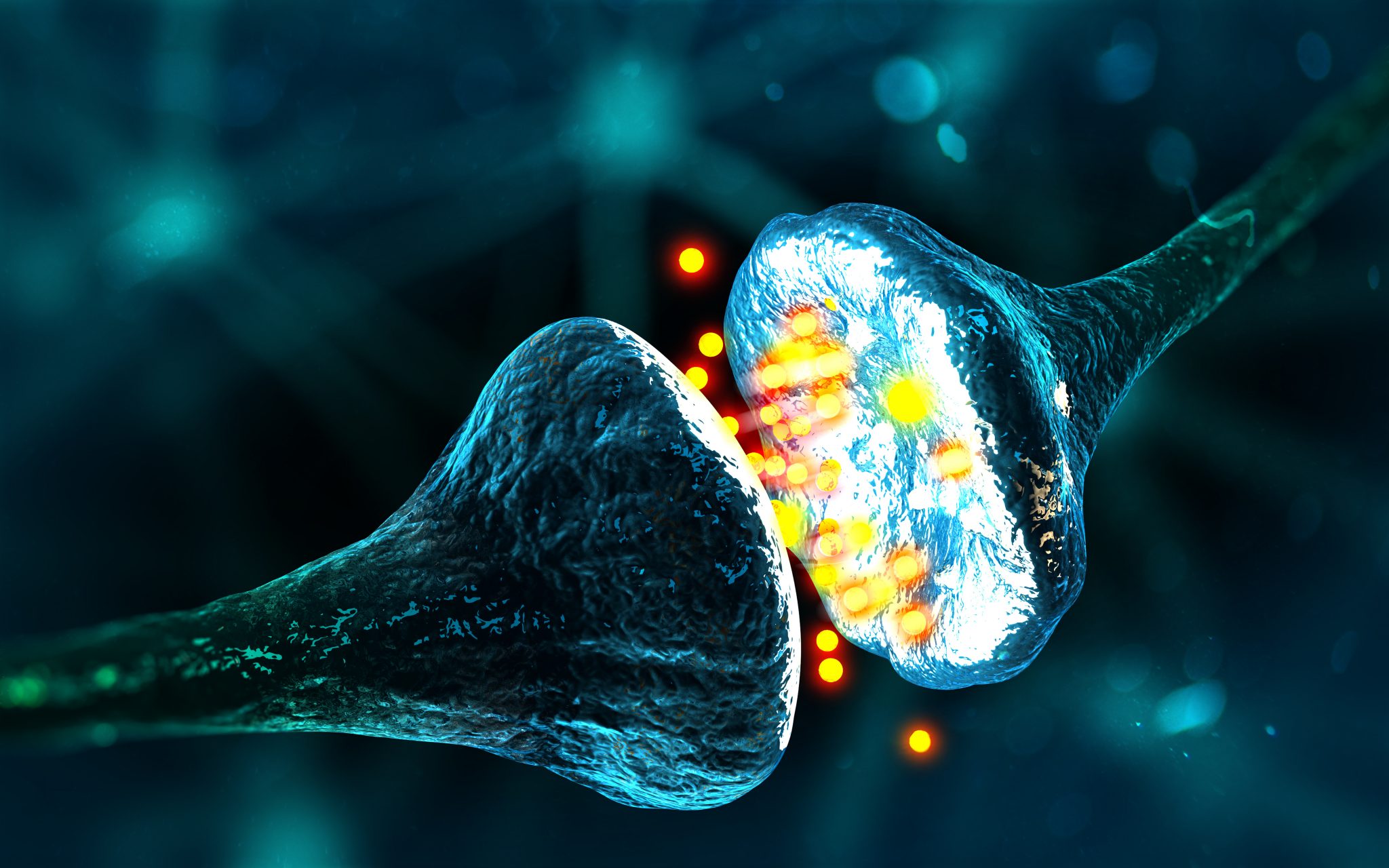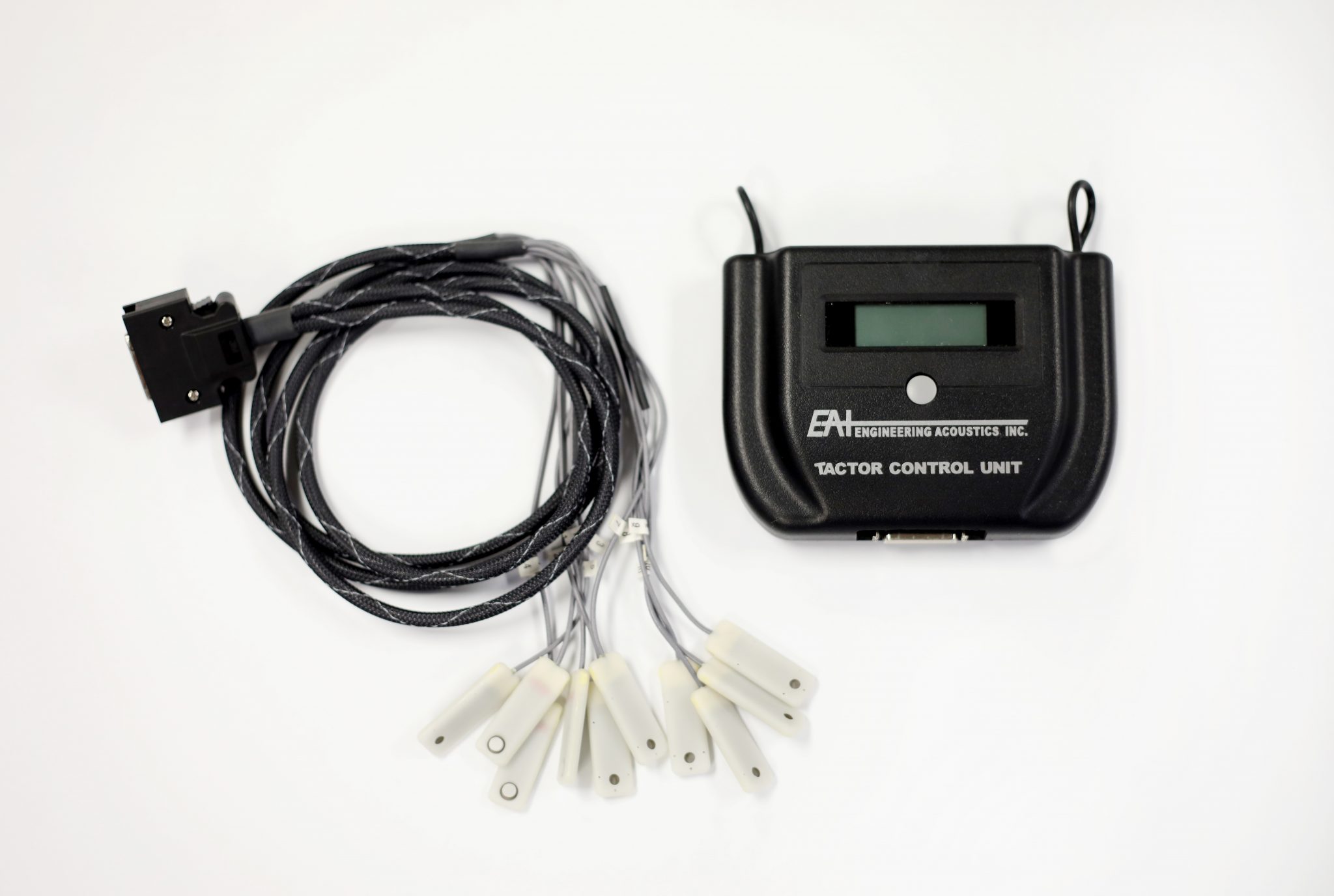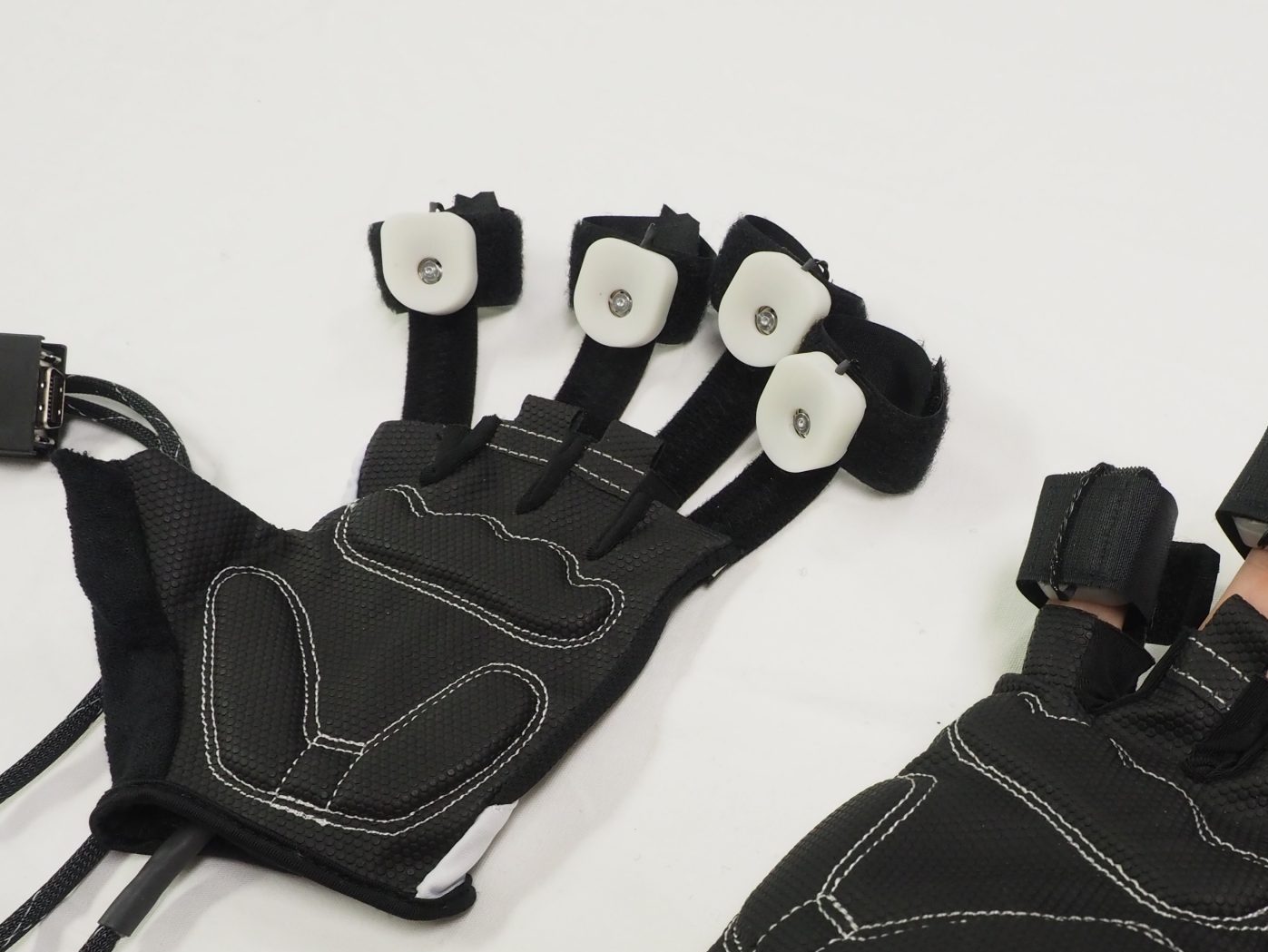
Neuromodulation
Neuromodulation refers to a wide spectrum of interventional techniques that attempt to modify the nervous system to achieve therapeutic effect. There are multiple neural pathways that connect relatively distant areas of the body to the brain. Current approaches to neuromodulation may be direct (i.e. directly to the central nervous system via implantable devices) or indirect (i.e. addressing peripheral or pharmacological pathways). The intervention approach may also be invasive (deep brain, spinal, central nervous system (CNS), vagal or sacral nerve stimulation), or non-invasive (intercranial, transcranial, and peripheral nerve stimulation).

Therapeutic
Neuromodulation
Therapeutic neuromodulation approaches can relieve symptoms that have a neurological basis.
According to the International Neuromodulation Society, there are a number of conditions which can be treated with neuromodulation including: pain, tremor, incontinence, substance abuse, and depression.
Application
Methodologies
Neuromodulation can be applied through various therapeutic means:
- electrical stimulation
- pharmacological stimulation
- magnetic stimulation
- electrical field stimulation
The Sensory Kinetics Neuro Approach
As the technology has progressed, there is also a definite move towards non-invasive neuromodulation stimulation approaches. The tactile afferent pathway represents a promising pathway for approaching future neuromodulation treatment.

Our Research
Engineering Acoustics, Inc. (EAI) has since 1995 developed and manufactured a range of compact, wearable vibrotactile actuators (“tactors”) for application in military, commercial and biomedical environments and applications. EAI’s tactors are well suited for the investigation of non-invasive tactile neuromodulation, and can be easily configured to provide a wide range of stimulation characteristics at different target sites on the body.
Use of Mechanical Stimulation
The sense of touch is integral to our understanding and exploration of the world around us. Touch comprises multiple distinct systems, collectively known as the somatosensory system. Sensory receptors in the skin, muscles, tendons and joints provide us with light touch, vibration, pressure, temperature, proprioception (position sense) and pain. The somatosensory system is used for our perception and reaction to stimuli originating outside and inside of the body, as well as for the perception and control of body position and balance. Tactile information is mapped through SII and SI onto the somatosensory cortex and arranged somatotopically – an area on the body locates to a specific point on the brain (SI).

Non-Invasive Neuromodulation using Tactile Pathways
The somatosensory system is a diverse, versatile and under-researched area for neuromodulation. Existing EAI vibrotactile technology can be used for investigative research. Applications such as:
- Pain: Tactile stimulation has been used to increase pain thresholds. This approach is based on the understanding of gate control theory where it is believed that a non-painful input can close the “gate” to painful input traveling to the CNS.
- Stochastic Resonance: Dr Jim Collins (professor of biomedical engineering at Boston University) showed that low-level stochastic, or random, vibrations improved sense of touch. Collins went on to demonstrate that generating a subthreshold noise in the sensory pathway with a random electrical stimulation improves detectability of weak mechanical stimuli. This may have application in addressing peripheral neuropathy, stroke rehabilitation and improving balance and gait in the elderly.
- Headache/Migraine: Tactile stimulation of the trigeminal nerve has been recently applied to the reduction of migraines.
- Treatment of Neurological Diseases: Dr. Tass reports of use of vibrotactile stimulation to apply Coordinated Reset Stimulation (CRS), which has been shown to cause long-lasting reduction of pathological synchronization in parkinsonian monkeys.
EAI’s SKNeuro tactile stimulation/neuromodulation systems are available now for investigators to utilize in their research and development activities[1] – please contact EAI for additional information, pricing and availability. Please also see our Terms and Conditions of Sale.
[1] NOTE: Data provided on the website is for information only. No claims of treatment efficacy are made, and equipment shown is for investigational purposes only. Information visible here is not providing any medical advice, and none should be inferred, from any ideas, suggestions, testimonials, or other information provided over the phone, in the mail, in product packaging, on this website, or in email correspondence.




